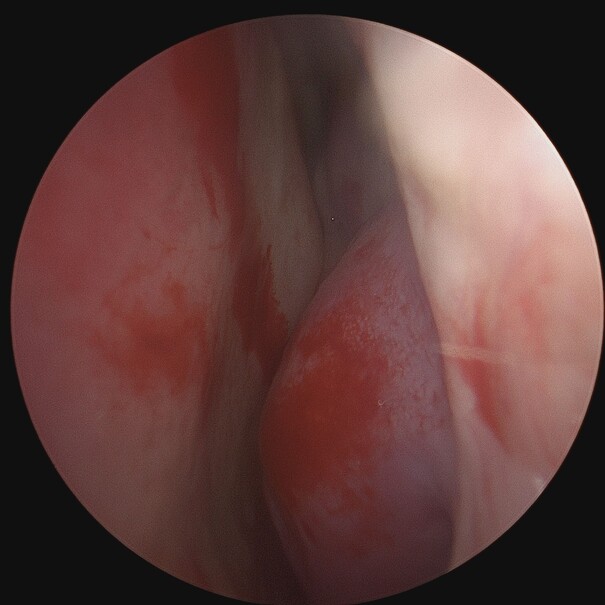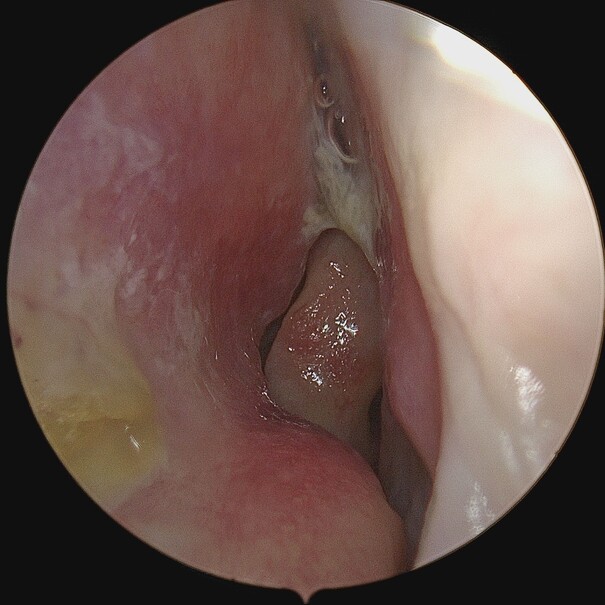Nose Pathology
Enlarged Nasal Turbinates (Turbinate Hypertrophy)
Turbinate enlargement refers to the condition where the nasal turbinates become swollen or enlarged. This enlargement can obstruct airflow through the nose, leading to symptoms such as nasal congestion, difficulty breathing and sometimes even snoring . They can also secrete large amounts of mucus.
Some of the causes of turbinate enlargement are allergic rhinitis (hay fever , vasomotor (non-allergic) rhinitis, chronic sinusitis, nasal polyps , abnormal growth of the central turbinate, deviated nasal septum or environmental factors like dry air, irritants, pollutants, or changes in temperature. Turbinate enlargement can also be congenital with very large turbinates running in the family.
Diagnosis & Treatment
This condition can be diagnosed with a thorough examination of the nose to assess for nasal obstruction and signs of inflammation. A nasal endoscopy may be required combined with CT scans to assess the severity of any structural abnormalities or chronic sinusitis. In some cases, turbinate enlargement can be medically managed by use of steroid sprays, antihistamines, decongestants or saline nasal irrigation, along with some lifestyle changes like using a humidifier and minimising exposure to allergens. Otherwise, surgical options may have to be considered. Various techniques effectively reduce their size, like turbinoplasty that has evolved into minimally invasive procedures like Minimally Invasive Powered Endoscopic Turbinate Reduction (MIPET), or use of coblation; septoplasty or sinus surgery (FESS), whereby sinus drainage and ventilation are improved especially in cases where chronic sinusitis is the cause.

